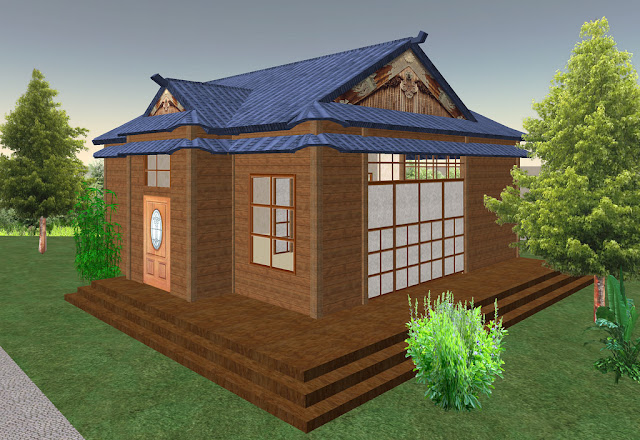With the development of the society, many
new building materials have been produced and “sick house” occurred, then many
countermeasures against indoor air pollution in houses have been taken by the
Japanese government, building companies, building material manufacturers and
other related groups.
The purpose of this
investigation was to know the long-term characteristics of VOC concentrations
in houses built before the building code in 2003 and to clarify the
countermeasures against indoor air pollution in the houses already built, such
as the improvements of living habits, ventilation and the remove of building
materials.
In the study, the
concentrations of formaldehyde, toluene, xylene, ethyl-benzene, styrene and
acetaldehyde were measured in winter and in summer for five years in about two
hundred and fifty houses in which formaldehyde concentration was higher than
the guideline: 0.08ppm in 2000. The concentrations were specified using gas
chromatographs in the laboratory. The characteristics of buildings and
residents were checked using questionnaires. The indoor temperatures and the
humidity were measured by residents and were checked on the questionnaires.
The results showed
that the concentration of formaldehyde decreased in the first year. After that
the decline of the concentration was not seen and the concentration changed
only with the temperature. The characteristics of decline were thought to be
caused by two sorts of emission. One was an emission of concealed formaldehyde
in the process of material production and the other was an emission with the
generation of formaldehyde from adhesives of urea resin and moisture. The
concentration of toluene decreased rapidly in the first year. The
concentrations of xylene, ethyl-benzene and styrene showed a similar change.
But the concentrations of acetaldehyde which were measured from the summer of
2002 did not decrease and its concentration in some houses was higher than the
guideline even in the winter of 2005.
In conclusion, the
long-term countermeasure against chemical pollution in summer is thought to be
necessary. And if residents have suffered some impairment by indoor chemical
pollution, renovations of buildings especially considering indoor air quality
will be necessary not only in new houses but also in old houses.
Article by Motoya
Hayashi and Haruki Osawa, from Japan.
Full access: http://mrw.so/4b5ntC
Image by Katie Welles, from Flickr-cc.

评论
发表评论